7 Smart Home Tips For Improving Your Indoor Air Quality
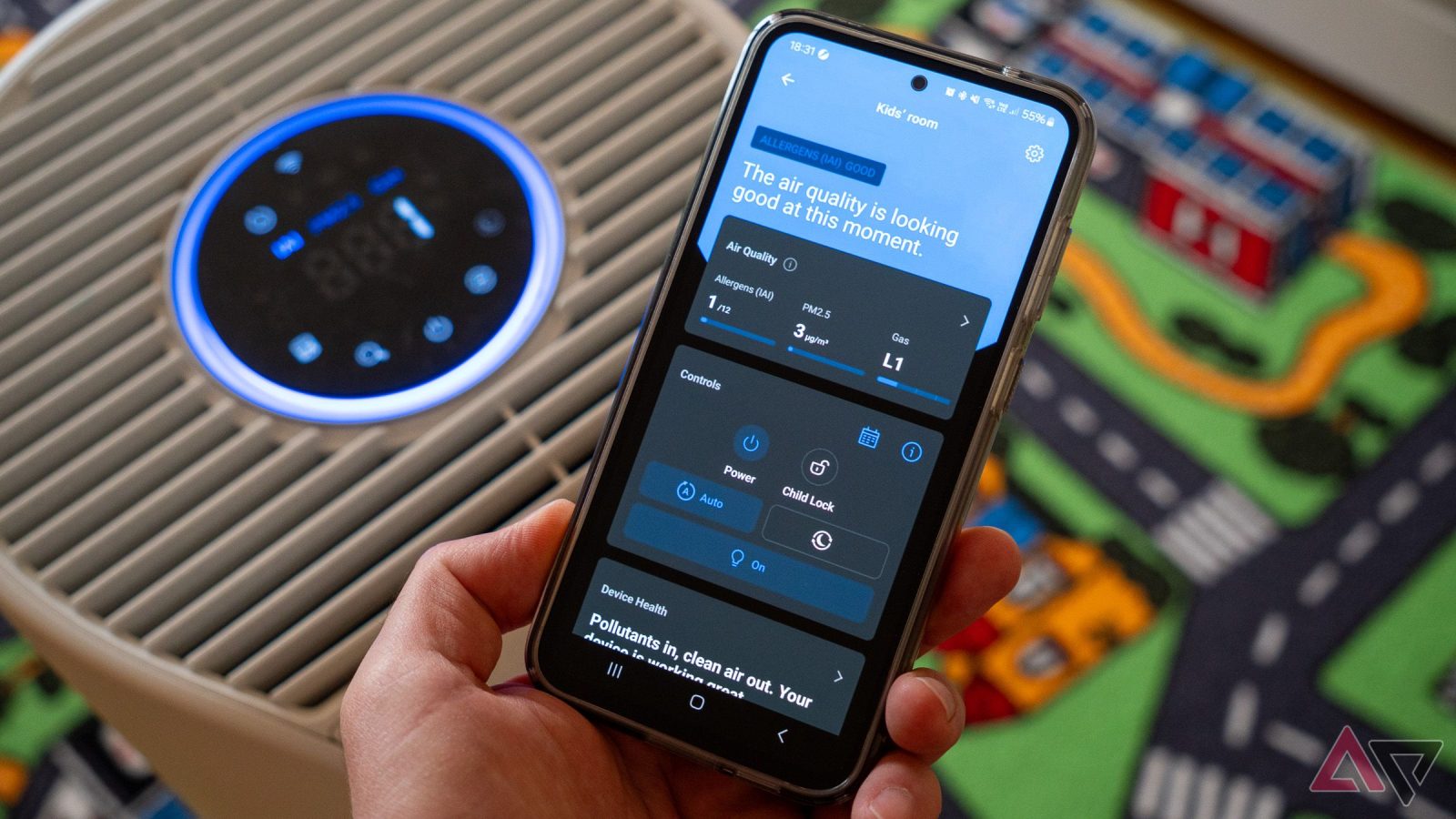
Contents
A smart home could bring more than convenience to your fingertips. It has the potential to boost your health while creating a more comfortable living space. Enter air quality sensors and purifiers. While the best smart fans can cool down a room, the right monitor or a well-made filtration device can help maintain optimal air quality throughout the day. However, air-monitoring smart gadgets need to be suitable for your home, adequately situated, and properly maintained. Here are some valuable tips on how to do that.
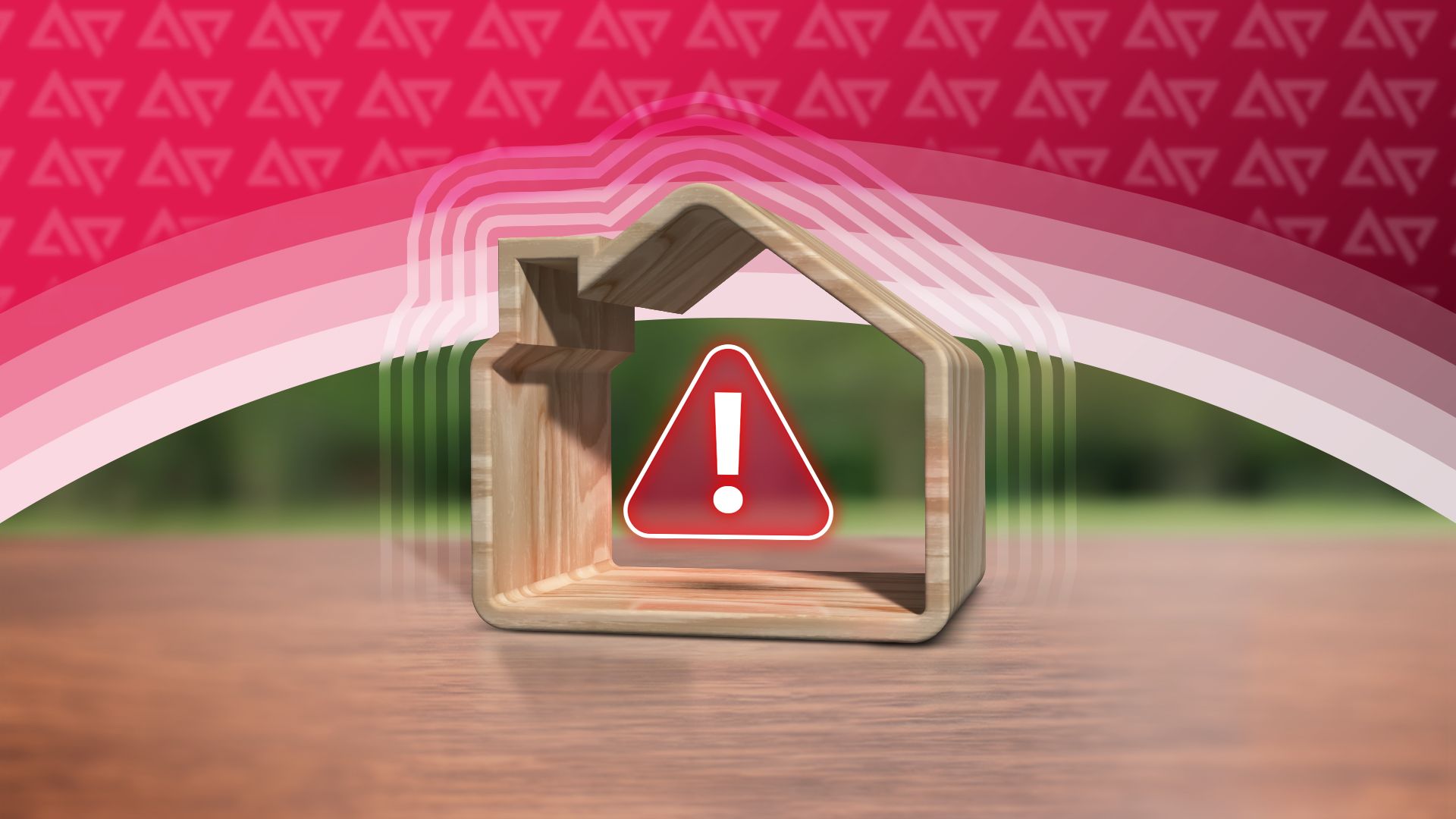
Related
7 Know your sensors
Not all air-quality sensors are the same
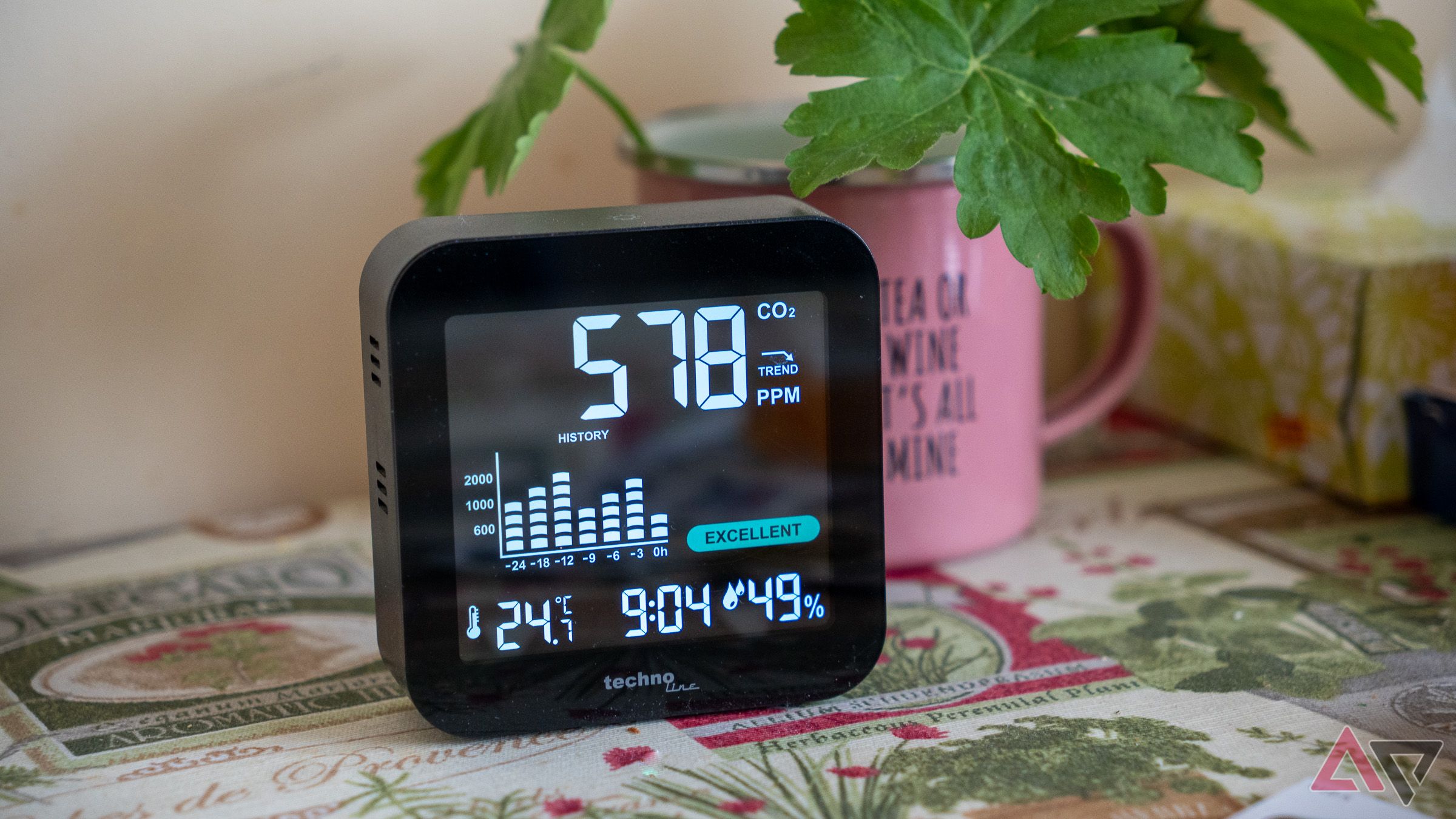
Air quality monitoring devices for the home can cost as little as $20 and as much as $200. The expensive models tend to have bigger, better screens and more connectivity options. More importantly, they have more and bigger sensors, which allow them to provide more comprehensive air quality insights.
For example, a typical entry-level air quality sensor can measure temperature, humidity, TVOC (total volatile organic compounds), and PM2.5 (particulate matter with a diameter of less than 2.5 micrometers). However, models capable of taking PM1.0 and CO2 measurements tend to be more expensive as they require more sophisticated hardware.
Pick a model that monitors CO2 levels if you spend a lot of time indoors. The CO2 you breathe out can build up in poorly ventilated rooms, which may result in drowsiness and headaches. Your air quality sensor should let you know when it’s time to open a window to let in fresh air, as well as when it’s okay to close it.
CO (carbon monoxide) should not be confused with CO2 (carbon dioxide). A CO detector cannot measure CO2, and vice versa.
6 Pick the ideal air purifier and filter
Consider your use case and needs
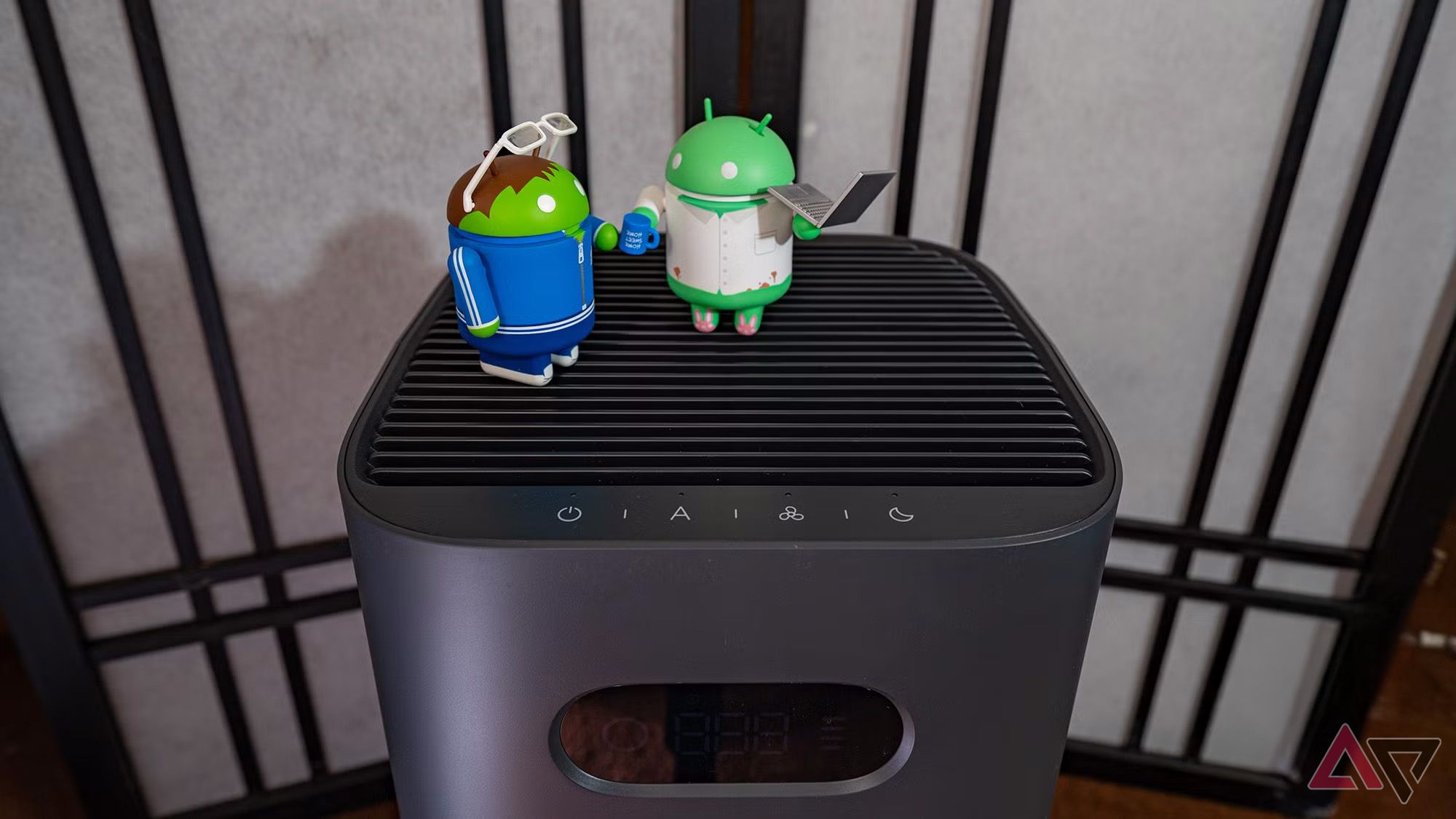
Air purifiers come in all shapes and sizes. While they are mostly rectangular or cylindrical, their sizes vary. When picking an air purifier, consider the size of the room where you want to place it. A small purifier can not effectively service a room beyond its capacity. Almost every model comes with room size recommendations by the manufacturer.
A purifier that’s larger than needed will clean the air faster. However, it is more expensive to buy, and the same goes for its filters. It may be noisier, but not necessarily.
Pay attention to the filters for the model you’re considering. Filters need regular replacing, and they’re not cheap. However, an expensive filter that lasts a couple of years can be of better value than a cheaper one that lasts 6 to 12 months.
You may be able to find cheaper, third-party filters compatible with brand-name air purifiers. However, they may not perform as well as the manufacturer’s original spares.
5 Placement matters
The positioning of your filters and sensors makes a difference

Source: Wyze
Even the best air quality monitor will perform poorly if it’s in the wrong spot. The EPA recommends placing sensors at a height between three and six feet (90 and 180 centimeters), which is considered the typical breathing zone height. As these monitors require air to circulate freely around them, you will likely get inaccurate readings if you mount them on a wall or block them with a curtain. Look at the device and make sure nothing blocks its vents.
Appliances like toasters and electric or propane stoves can throw off a sensor’s readings with the gases they emit while operational. Place your smart devices away from such appliances unless you want to monitor only that particular spot in your kitchen, for example, to trigger a smart exhaust system.
4 Clean your sensors
Keep them in top shape for accurate readings
Some air purifiers require occasional maintenance. Premium models let you know when their filters need cleaning or replacing. However, they may not indicate when it’s time to clean their optical particle sensors. Since most people aren’t thrilled about reading user manuals, owners may not be aware of this. The sensors in their smart gadgets may not get the attention they deserve and become clogged over time.
Cleaning an air purifier’s sensor is a simple task. With my home unit (shown in the video above), the operation requires only a cotton swab. This ensures that the sensor provides accurate readings. Consult your unit’s user manual for proper care instructions and don’t touch any sensors you’re not supposed to.
3 Keep track of outdoor air conditions
Don’t let polluted air enter your home
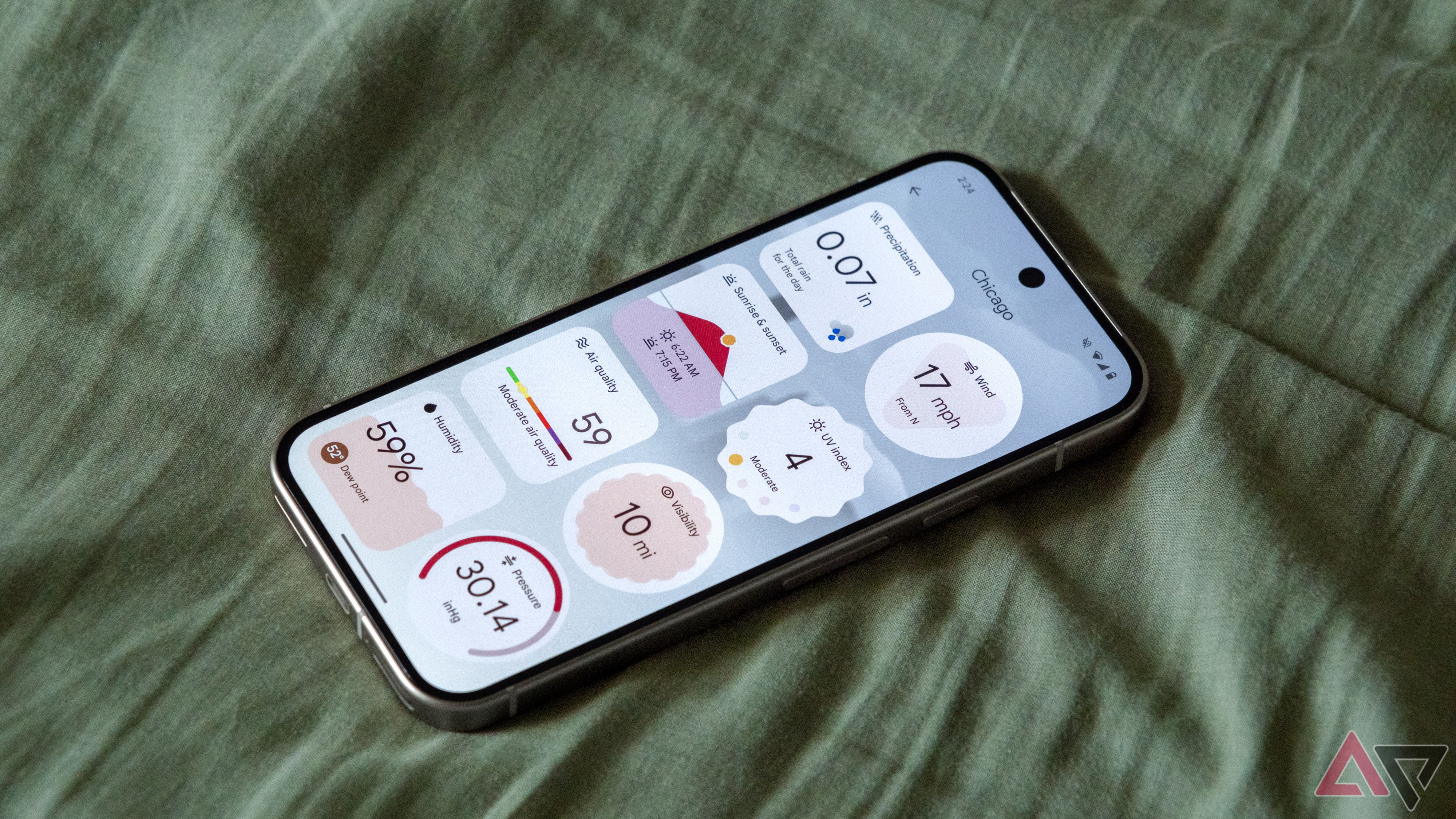
Sometimes, maintaining a reasonable indoor air quality level is a matter of preventing polluted outside air from coming in. This could be a problem if you live in a big city or during springtime, when trees are blooming.
Outdoor air quality sensors are less common and more expensive, but consider one if you’re concerned about pollen or fine particle pollution. A dedicated reader at your location should provide the most accurate, up-to-date results. Alternatively, free solutions include keeping track of this data in one of the better weather apps or asking your smart assistant for the current conditions in your area.

Related
2 It’s possible to DIY an air purifier
It could be cheaper if you have the tools and skills
Air purifiers are not as complex as their size suggests. They’re a fan that moves air through a filter, with electronics controlling the fan speed and monitoring how clean the air is. Many hobbyists have documented their DIY air purifiers on YouTube, so you can draw inspiration from them.
For example, it is possible to repurpose a portion of a shelving unit or an existing cabinet that matches the rest of your furniture. For places where looks don’t matter, such as workshops and garages, an inexpensive plastic container might be a good housing. An advantage of the DIY approach is that you can use any filter you want. Then, if you want to take your creation to the next level, add an inexpensive smart plug paired with an air quality sensor.
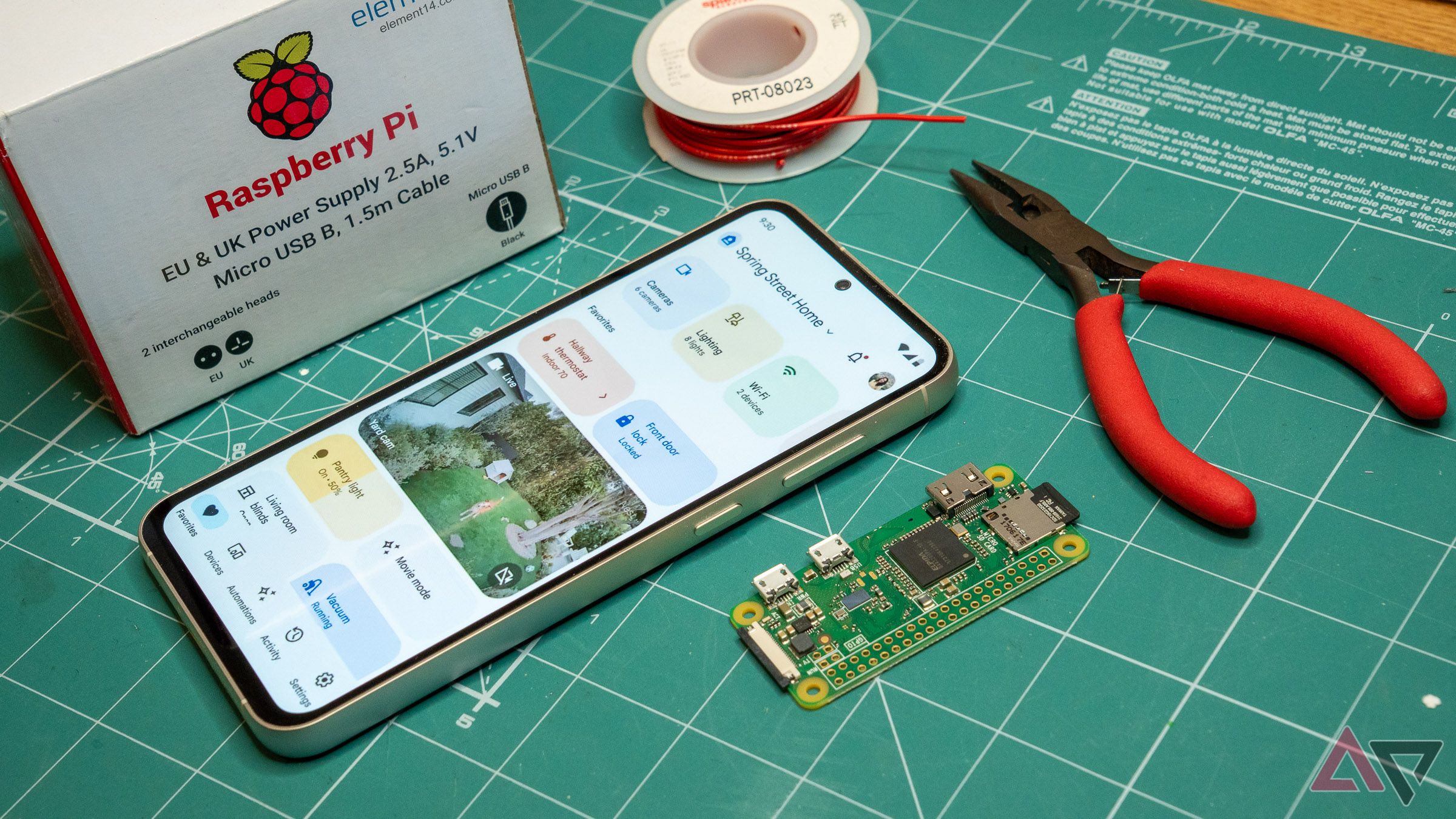
Related
1 Make an existing air purifier smarter with a smart plug
No need to throw it out if it works
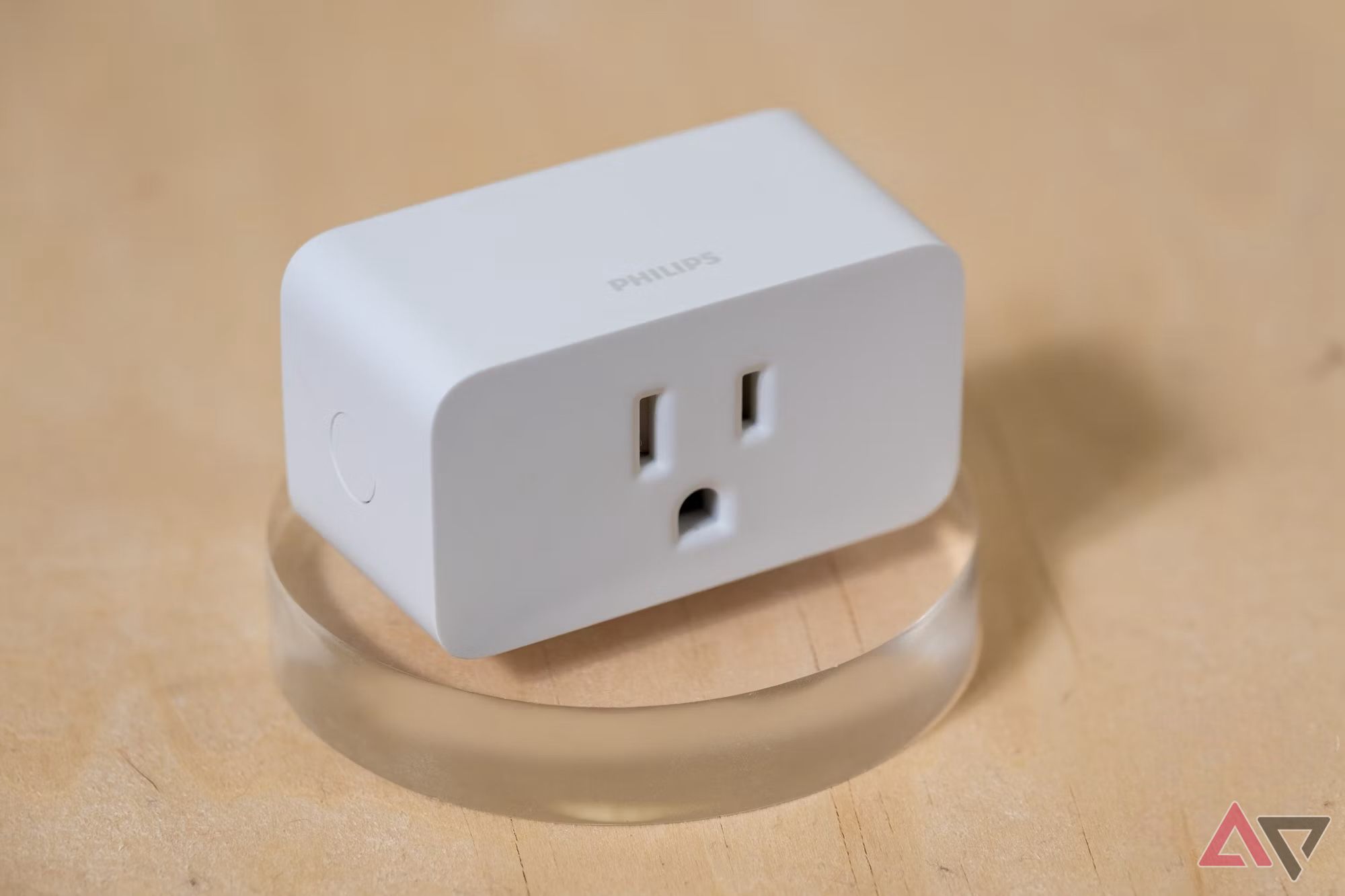
A smart plug can toggle devices on or off remotely or according to a set schedule. If you have a non-smart but perfectly functional air purifier that you like, consider pairing it with a smart plug. This allows you to toggle it on from your home or automatically turn it on at a specified time. Additionally, another device on your smart home network can turn it on. This could be a presence sensor or an air quality monitor.
Automating an existing air purifier can save money by running it only when needed, while also saving the appliance from the landfill.
Several studies from the past few decades tested whether plants can purify the air in sealed environments. It turns out that their effect is minimal, and you need hundreds of plants in your home to make a meaningful difference. Proper ventilation practices are a better way to refresh the air in your home.
Your lungs will thank you for the cleaner air
A purifier or an indoor air quality monitoring device may require proper setup and care to be effective. However, the effort is worth it. We take clean air for granted, and it’s not impossible to overlook or underestimate any drops in its quality. With the right hardware in your smart home, you can bring meaningful improvements to your living space.
Air quality tracking is one of many facets of a modern smart home, and we’ve explored many of them, including the best smart displays and smart thermostats. If you rent, explore our suggestions for renter-friendly smart home devices that won’t anger your rental manager.
What’s your reaction?
Love0
Sad0
Happy0
Sleepy0
Angry0
Dead0
Wink0





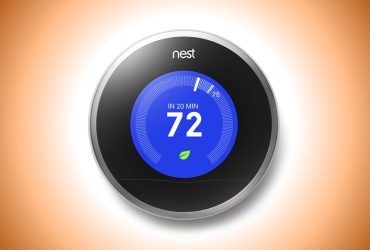


Leave a Reply
View Comments